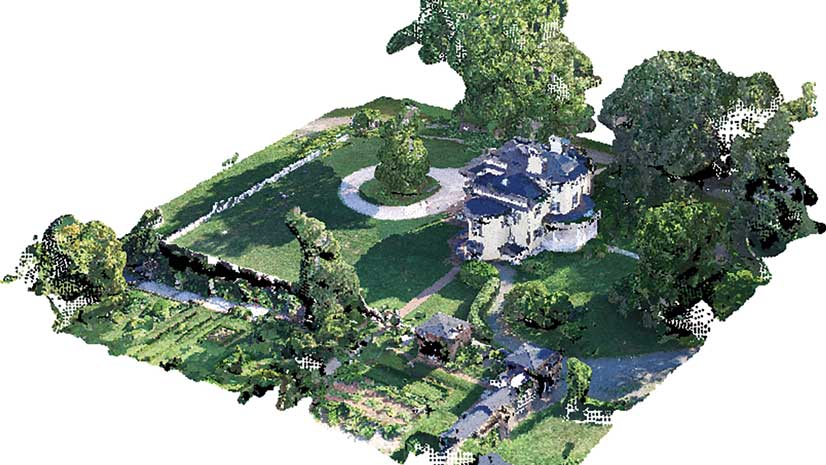
My colleague, Esri cartographer Charlie Frye, has said that “a good map teaches you to ask a better question.”
I love this statement.
It fits well with the mission of the GIS education community, don’t you think? Isn’t one of our main goals in teaching and learning with GIS to use maps and data to investigate our communities, our regions, our countries, and our world?
A question is the first step in an investigation. It is the first step in the geographic inquiry process. Questions form the foundation of our investigations, whether the question is What is the relationship between birth rate and life expectancy around the globe? or How did the construction of the breakwater change the rate of coastal erosion along this stretch of beach?
Good questions inevitably get refined and modified along the way and usually lead to other questions. They may not be fully answered, and oftentimes have no single correct answer. This may be puzzling at first to students but emulates real-world decision making.
As important as good questions are, it is sometimes amazing how little time we spend in our educational system helping students practice asking good questions. Perhaps it is because in this age of standardized testing, we are so focused on good answers. Yet many educators are indeed helping students ask questions, and not just any questions, but thoughtful questions that can lead to increased understanding, skill building, and critical thinking.
Teaching with and about GIS fosters good questioning. One of the core functions of a GIS is to allow real-world issues to be examined, questioned, and probed with real data. Maps in a GIS environment allow the many spatial and temporal dimensions of our world to be examined at multiple scales. Not only are the questions able to be grappled with using rich sets of maps and data, but they are tied to real-world events, past and present. They are interesting, but they are also important and relevant for our future, including such issues as sustainable agriculture, natural hazard management, and smart city planning.
Maps inside a GIS environment help students of all ages ask better questions, in part because during the inquiry, they allow the scale and symbology to be changed, additional layers to be added, and powerful queries and statistics to be run on the data. What-if questions can be explored, such as
- What if I changed the scale?
- What if I added this variable?
- What if I ran a different query?
- What if I examined a different area with the same variables?
- What if I classified the data differently?
ArcGIS provides a platform for asking and analyzing questions.


